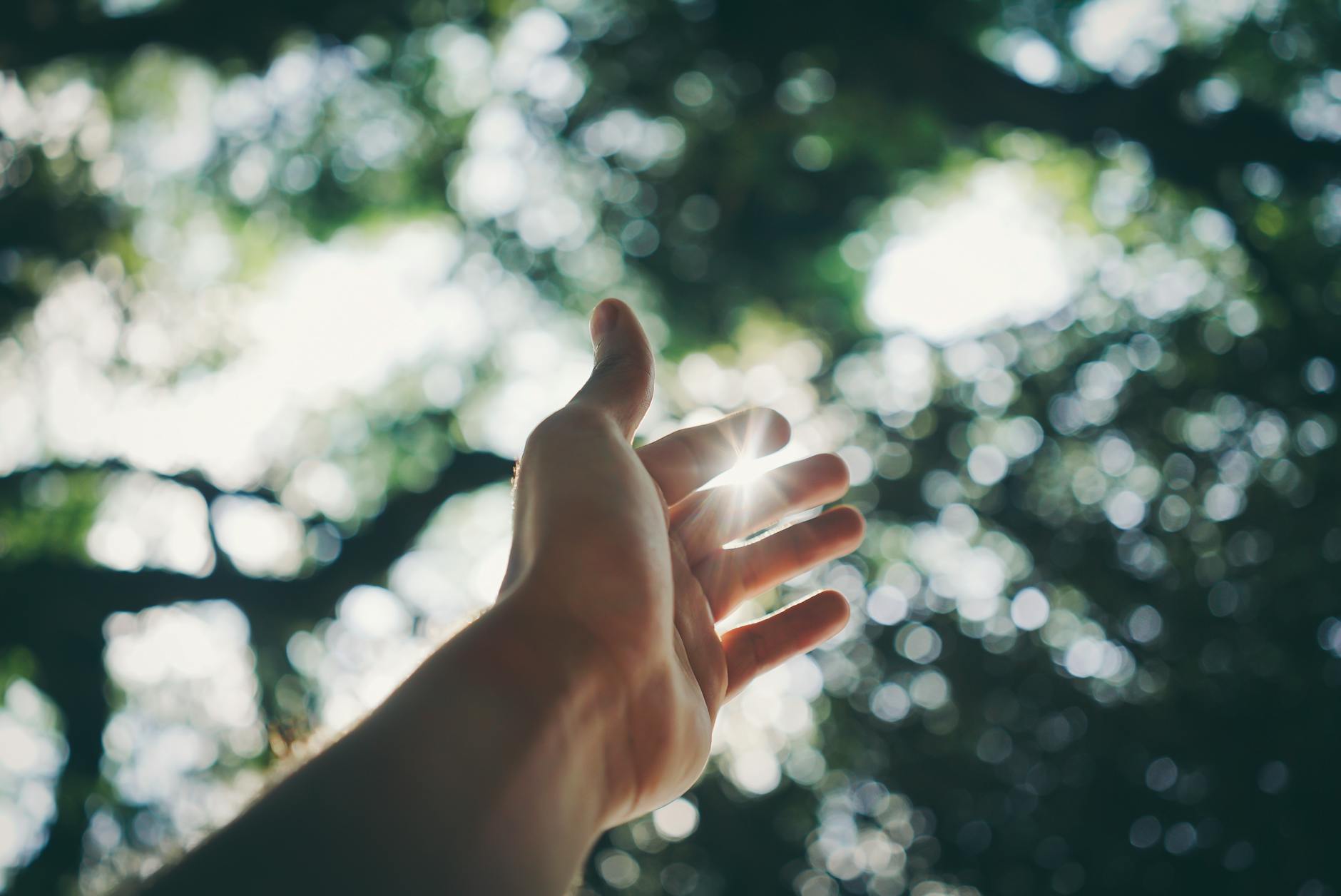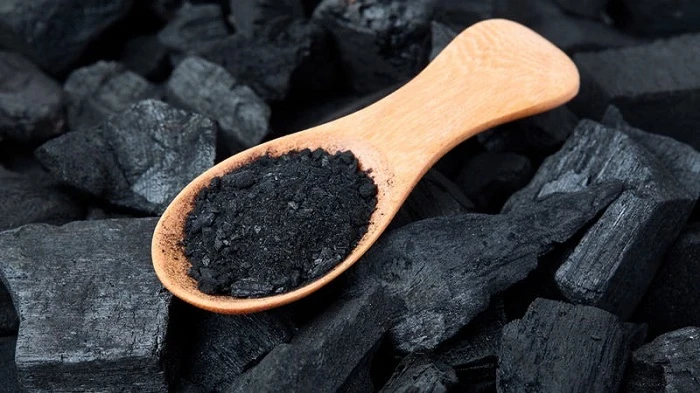Recharging your bamboo charcoal bags in sunlight is not only simple but also a refreshing ritual that can quickly revitalize your air purifiers for ongoing use. With just a few easy steps, you’ll have your bamboo charcoal bags absorbing odors and moisture as if they were brand new. Let’s walk through each step to keep your bamboo charcoal bags working their best.

Why Sunlight Revitalizes Bamboo Charcoal Bags
When you place your bamboo charcoal air purifier bags in direct sunlight, you’re doing more than drying them out. The UV rays from the sun naturally refresh and recharge the activated charcoal by releasing trapped odors, moisture, and any other impurities. This exposure restores the charcoal’s ability to absorb new particles, allowing it to keep working effectively for months, and sometimes even years. By following this simple process, you’re not only extending the life of your bags but also embracing an eco-friendly, zero-waste way of purifying your spaces.
Step 1: Find the Best Sunlight Spot for Recharging Charcoal Odor Absorbers
First, choose a sunny day for recharging. While bamboo charcoal bags can be recharged even with moderate sunlight, direct sun exposure works best, particularly if the sunlight is strong and consistent. Find a spot outside, like a balcony, porch, or patio, where the bags can soak up those powerful rays. If you don’t have access to an outdoor space, a sunny windowsill also works well—just make sure it’s bright and sunny for as many hours as possible.
Step 2: Arranging Bamboo Charcoal Bags for Maximum Exposure
Once you have your spot, lay the bamboo charcoal bags out flat. This way, the surface area is fully exposed to the sun, allowing the UV rays to penetrate each bag deeply. If you have multiple bags, place them side by side instead of stacking them. Stacking prevents the lower bags from getting the full benefit of sunlight. Remember, the goal is to maximize each bag’s exposure, so give each one a bit of space. If you’re recharging different-sized bags, you may want to rotate them throughout the day to ensure they all get even sunlight.
Step 3: Ideal Recharging Time for Activated Charcoal Bags
Sunlight recharging is best when it’s done gradually. Leave the bamboo charcoal bags out in the sun for about 1–2 hours on each side. This balanced exposure ensures that all parts of the charcoal are reactivated. If you’re unsure how long to leave them out, a safe window is usually 3-4 hours in total. For large bags or in situations where the air is humid, you may want to extend this by an hour. Bamboo charcoal is resilient, so feel free to experiment to see what works best for your bags.
Step 4: Regular Recharge Frequency to Maintain Bamboo Charcoal Bag Effectiveness
For optimal performance, keep your bamboo charcoal purifying bags working at peak performance by setting a routine recharging schedule based on room conditions and aim to recharge your bamboo charcoal bags in sunlight every 1-2 months. However, if you notice a reduction in their effectiveness—such as persistent odors or a feeling that the air isn’t as fresh—it may be time to recharge sooner. High-humidity areas, like bathrooms or kitchens, may also require more frequent recharging as the charcoal absorbs more moisture in these environments. Regularly recharging your bags can help them last up to two years, making them an eco-friendly and economical choice for clean, fresh air.
If you want to learn more about Bamboo charcoal click here to learn more
Extra Tips for Keeping Your Bamboo Charcoal Bags Effective
When recharging your bamboo charcoal bags, consider the time of year and climate. During rainy or cloudy days, it’s often best to wait for clearer weather or choose a bright indoor window spot. Avoid leaving the bags out overnight, as they might absorb moisture from the morning dew, which can counteract the drying effect of the sunlight. Once recharged, store or place them in areas of your home that need freshening, and you’ll quickly notice the difference!
Recharging bamboo charcoal bags in the sun is an easy, natural way to keep your home fresh without synthetic sprays or other chemical-based air fresheners. By regularly following these steps, you can get the most out of your bamboo charcoal bags while also taking a small step toward a more sustainable lifestyle.
Knowing when your bamboo charcoal bags need recharging is key to keeping your space smelling fresh and clean. These handy air purifiers work best when they’re regularly recharged, and a few tell-tale signs can help you know exactly when it’s time. Here’s how to keep your bags at their most effective with a quick recharge schedule that works with your lifestyle.
Detecting Odor Buildup: A Sign to Recharge
One of the most noticeable indicators that your bamboo charcoal bags need a recharge is a gradual return of odors. Over time, as the charcoal absorbs various particles, the ability to filter out new smells can diminish. If you notice pet, shoe, or cooking odors creeping back into a space where you keep a bamboo charcoal bag, it’s likely that the bag has reached its limit and needs a little sun therapy. A simple recharge in sunlight for a few hours can help your bag regain its effectiveness and keep your home smelling fresh.
Reduced Freshness in the Air
Beyond noticeable odors, there’s the overall “freshness factor.” Many people report that bamboo charcoal bags add a sense of freshness to rooms, even when odors aren’t strongly present. If you start feeling that the air in a particular room is getting stale or stuffy, it’s another good sign your bamboo charcoal bags are due for a recharge. When properly charged, these bags work to improve air quality and leave a subtle, clean feeling. Without regular sunlight recharges, they can start to lose that refreshing touch, so trust your instincts about the room’s freshness.
Increased Moisture or Dampness
Another helpful tip to remember is that bamboo charcoal doesn’t just absorb odors – it absorbs moisture too! This is great for controlling dampness and preventing mold growth, especially in humid areas. However, if you notice that spaces feel damp or if moisture issues seem to be resurfacing, it’s likely because your bamboo charcoal bag is saturated and can no longer absorb effectively. A good rule of thumb is to place the bag in the sun every 1-2 months, especially if it’s used in moisture-prone areas like bathrooms or closets. This way, you’re always a step ahead, ensuring it’s ready to keep your home fresh and dry.
Regular Recharging Schedule
While it’s possible to go by smell and freshness, sticking to a simple routine can also help keep your bamboo charcoal bags performing their best. Aim to place them in direct sunlight for 2-3 hours each month. For heavier-traffic areas or spots with strong odors, you might want to recharge them every two weeks. A regular schedule ensures your bags are fully recharged and ready for action, maximizing their lifespan and effectiveness without requiring too much extra effort.
Trusting Your Senses for Optimal Use
Ultimately, knowing when to recharge your bamboo charcoal bags can be as simple as using your senses. Pay attention to how each room feels and smells. Once you start noticing that the bags aren’t performing as well as they usually do, it’s likely time for a recharge. Regularly refreshing them in sunlight doesn’t just maintain their air-purifying powers but also helps them last longer, offering you months or even years of use.
By following these tips and cues, you can keep your bamboo charcoal bags working their best, creating a fresher, healthier home environment for you and your loved ones.
When your bamboo charcoal bags have finally reached the end of their lifespan, you have a great option: composting. Eco-friendly and beneficial for the environment, composting lets your bamboo charcoal return to the earth in a helpful way. After all, one of the greatest benefits of these bags is their natural origin, and their eco-friendly disposal makes them an even better choice for you and the planet. Here’s how to give your bamboo charcoal bags a proper, green send-off.
Breaking Down the Charcoal: Ready for the Compost Bin
Once your bamboo charcoal bags have been thoroughly used (usually after two years), you’ll notice that they aren’t as effective at absorbing odors or moisture. This is a sign that the charcoal has reached its full absorption capacity. At this stage, simply cut open the fabric pouch and empty the charcoal granules into your compost bin. Bamboo charcoal is fully biodegradable and can safely decompose alongside other organic matter. Plus, as it breaks down, it contributes valuable nutrients to the compost, making it a great addition to your garden soil.
Adding Nutrients to Garden Soil
Bamboo charcoal isn’t just useful in your home; it’s also a fantastic booster for your garden soil. When you mix the charcoal into your garden beds or potted plants, it can improve soil structure and enhance nutrient retention. As it decomposes, the bamboo charcoal releases minerals that enrich the soil, supporting plant growth. By giving your bamboo charcoal bags a second life in your garden, you’re not only reducing waste but also giving your plants a little extra help.
Click here to learn more about Nutrients to garden soil.
Natural Pest Control in Outdoor Spaces
In addition to improving soil, bamboo charcoal’s porous nature makes it useful in managing garden pests. Once in the ground, the charcoal can help absorb moisture and discourage unwanted insects that thrive in damp environments. This can be especially helpful in potted plants where moisture levels are harder to control. While it won’t replace other pest control methods, using bamboo charcoal as part of your compost mix adds an extra layer of natural defense.
A Sustainable Disposal Choice You Can Feel Good About

By composting your bamboo charcoal bags, you’re practicing sustainable disposal in a way that feels both easy and impactful. Unlike plastic air fresheners or synthetic deodorizers, which often end up in landfills, bamboo charcoal is completely compostable. When you use these bags, you’re investing in a product that not only purifies your home but also contributes positively back to the environment. So, next time your bamboo charcoal bags reach the end of their life, you’ll know exactly what to do.
If your bamboo charcoal bags have finished their indoor air-purifying journey, they’re ready for a new life in the garden! These little bags are surprisingly versatile, and instead of discarding them, you can upcycle them to improve soil, help with moisture control, and even repel unwanted pests. Let’s dive into some creative ways to put these charcoal bags to good use outdoors.
Enrich Your Soil with Charcoal Goodness
When you open up your bamboo charcoal bags, you’ll find pieces of charcoal that are perfect for mixing directly into your soil. As a soil enhancer, bamboo charcoal improves drainage, aeration, and water retention. Simply break down the charcoal into smaller bits, and sprinkle it around your plants or in your garden beds. It works well with both potted plants and larger outdoor gardens, helping the soil retain nutrients and stay healthy longer. Plus, since bamboo is rich in minerals, it slowly releases beneficial elements into the soil, giving plants a gentle nutritional boost.
Keep Excess Moisture Under Control
If you’re dealing with overly damp soil, especially in rainy seasons, adding old bamboo charcoal to your garden beds can make a real difference. Bamboo charcoal has natural moisture-absorbing properties, making it ideal for controlling excess water around plants that don’t like soggy roots. Mix the charcoal into the soil around these sensitive plants, like succulents or cacti, to keep the moisture levels balanced. This can also help reduce the risk of root rot, keeping your plants happier and healthier!
Natural Pest Deterrent for Your Plants
Charcoal can also be handy in deterring certain pests that dislike dry, well-drained soil. When spread around the base of plants, it can discourage slugs and other critters that thrive in moist environments. Since bamboo charcoal won’t harm the soil, it’s a gentle, eco-friendly pest deterrent that doesn’t require harmful chemicals. You’ll enjoy watching your plants grow strong and pest-free, with a little help from your upcycled bamboo charcoal bags.
Eco-Friendly Landscaping Ideas
For a decorative touch, you can also use bamboo charcoal as part of your outdoor landscaping. The rich, dark color of charcoal adds an interesting contrast to garden beds, making flowers and greenery stand out. Use it as a border around smaller plants or mix it into flower pots for a pop of natural color. Not only does it look good, but it also continues to benefit the soil over time as it decomposes. With its versatility, bamboo charcoal can easily become a valuable addition to any garden space!
By reusing your bamboo charcoal bags in the garden, you’re choosing a sustainable way to extend their life and benefit your plants—all while keeping your space naturally fresh and eco-friendly with our EverGreen AirSacks.


